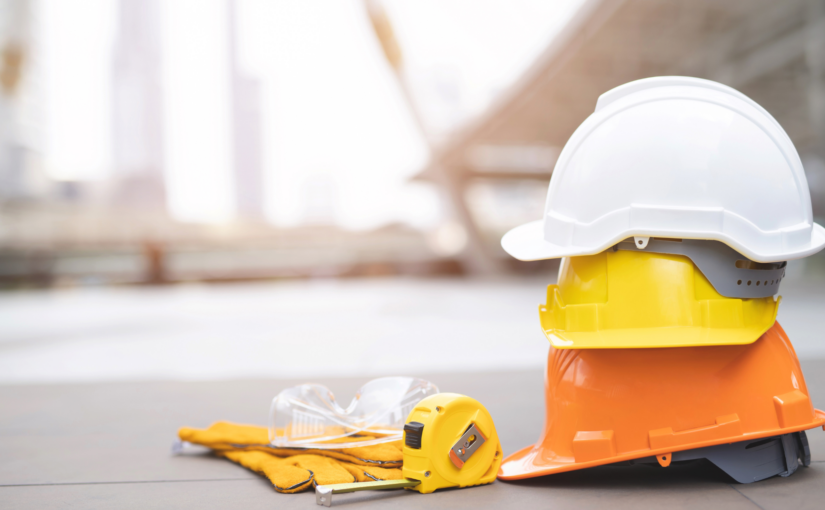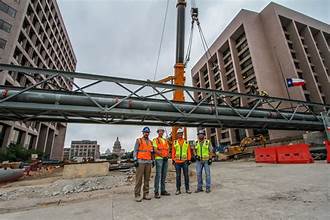In the realm of construction, staying ahead means constantly adapting to the latest trends and homeowners’ preferences. One trend that has been steadily heating up the market is the outdoor kitchen—a fusion of culinary function and open-air pleasure. For construction company owners, understanding the nuances of outdoor kitchen design can be a game-changer, turning a simple backyard into a highly desirable and lucrative feature.
The Bountiful Benefits of Outdoor Kitchens
Outdoor kitchens not only enhance the aesthetic appeal but also add a new dimension of practicality to residential properties. These spaces are perfect for entertaining, offering a convivial atmosphere for gatherings and celebrations. Not to mention, they can significantly increase a home’s resale value. But how can you, as a construction company owner, harness this potential to its fullest?
Designing with Intention
Crafting the perfect outdoor kitchen requires a strategic approach. To truly maximize property potential, you must design with intention, taking into account the following elements:
Layout Labyrinth
Consider the layout first and foremost. A thoughtful design seamlessly integrates cooking, dining, and socializing spaces while ensuring safety and accessibility. The “work triangle” concept, used in indoor kitchen design, is equally effective outdoors—positioning the grill, sink, and refrigerator in a triangular pattern optimizes efficiency and movement.
Material Matters
Selecting the right materials not only dictates the longevity of the kitchen but also sets the visual tone. Durable, weather-resistant options like stainless steel for appliances and natural stone or concrete for countertops and flooring ensure that the space withstands the elements while maintaining its elegance.
Appliance Aptitude
The choice of appliances is crucial. Incorporating high-quality grills, refrigerators, and even special features like pizza ovens can significantly elevate an outdoor kitchen’s appeal, making it a magnet for gourmet enthusiasts and grill masters alike.
A Space for All Seasons
Moreover, a great outdoor kitchen isn’t limited to summer escapades—it can and should be a year-round retreat. This is achieved by including protective structures such as pergolas or roofs, as well as heating solutions like fire pits and built-in heaters. Such additions empower homeowners to enjoy their outdoor space regardless of the season.
Tuning In to Trends
Staying tuned to design trends is key. Current hot trends like modular and multifunctional furniture, vertical gardens, and smart home technology can add that extra panache, differentiating your construction projects from the competition. Smart lighting systems and audio equipment cater to the tech-savvy homeowner, enhancing the kitchen’s ambiance and functionality.
A Collaborative Craft
The process of outdoor kitchen design, much like any construction project, thrives on collaboration. Building solid relationships with architects, landscape designers, and material suppliers creates a support network, pooling expertise to deliver the best results to your clients.
As you forge these partnerships, remember to keep your clients’ visions and desires at the heart of your design. After all, happy homeowners are the ultimate sign of a project’s success.
Conclusion
The surge in outdoor kitchens is more than a fleeting fad—it’s a testament to a lifestyle that celebrates the joys of cooking, leisure, and nature, all in the comfort of one’s backyard. By mastering the art of outdoor kitchen design and construction, you’ll unlock untapped potential in every property and pave the way for lucrative opportunities. So, be bold, innovate, and watch as these outdoor havens become emblems of your company’s commitment to excellence and contemporary living. The grill is ready; it’s time to cook up some success!
—
Remember, the outdoor kitchen trend is only growing hotter. Ignite your construction business with stunning, functional designs that make every meal an al fresco delight. With these tips in hand, may your outdoor kitchens become the heart of every home.…



